Picture this: the sea is calm, but somewhere beneath the turquoise waves off India’s western coast, ancient stones lie in silence, cradling secrets older than most civilizations. Imagine divers discovering underwater walls, pillars, and steps where fish now dart between the remnants of a forgotten world. Is this just a sunken port, or could it be the legendary city of Dwarka—a place so shrouded in myth and history that some call it “India’s Atlantis”? The very idea sends a shiver of excitement and curiosity down the spine of anyone who loves a good mystery.
The Ancient Mystique of Dwarka
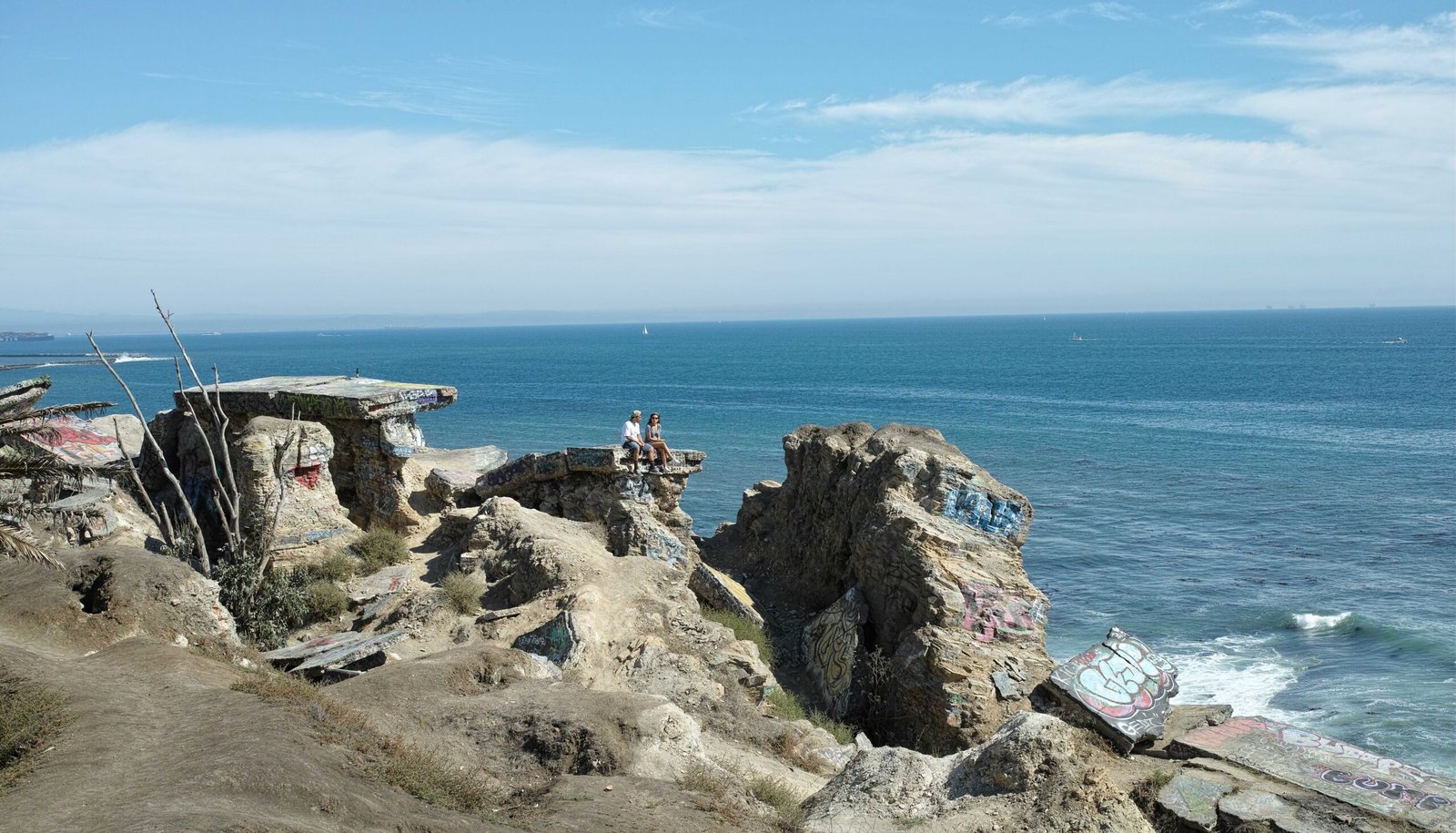
Dwarka isn’t just a name in a textbook; for millions, it’s a place of deep mythological significance. According to ancient Indian scriptures, Dwarka was the magnificent kingdom of Lord Krishna, filled with gold-tipped palaces and bustling harbors. Some say it vanished beneath the waves in a single, catastrophic event. This story isn’t just a tale whispered among scholars—pilgrims, poets, and dreamers have kept it alive for centuries, turning Dwarka into a symbol of lost glory and divine intervention. The city’s legend mingles spiritual longing with a sense of tragic loss, making it one of the most emotionally charged mysteries in Indian lore.
Discovery Beneath the Arabian Sea

In 2001, a team of marine archaeologists made a jaw-dropping discovery off Gujarat’s coast. Using sonar scans and underwater cameras, they spotted geometric stone structures lying 120 feet below the surface. The images were astonishing: straight lines, blocks, and even what looked like steps, stretching across several kilometers. For a moment, the boundary between myth and reality blurred. Was this the proof that Dwarka, India’s Atlantis, truly existed? Or just the remains of an ancient port now claimed by the sea?
Sonar Revelations and Submerged Ruins
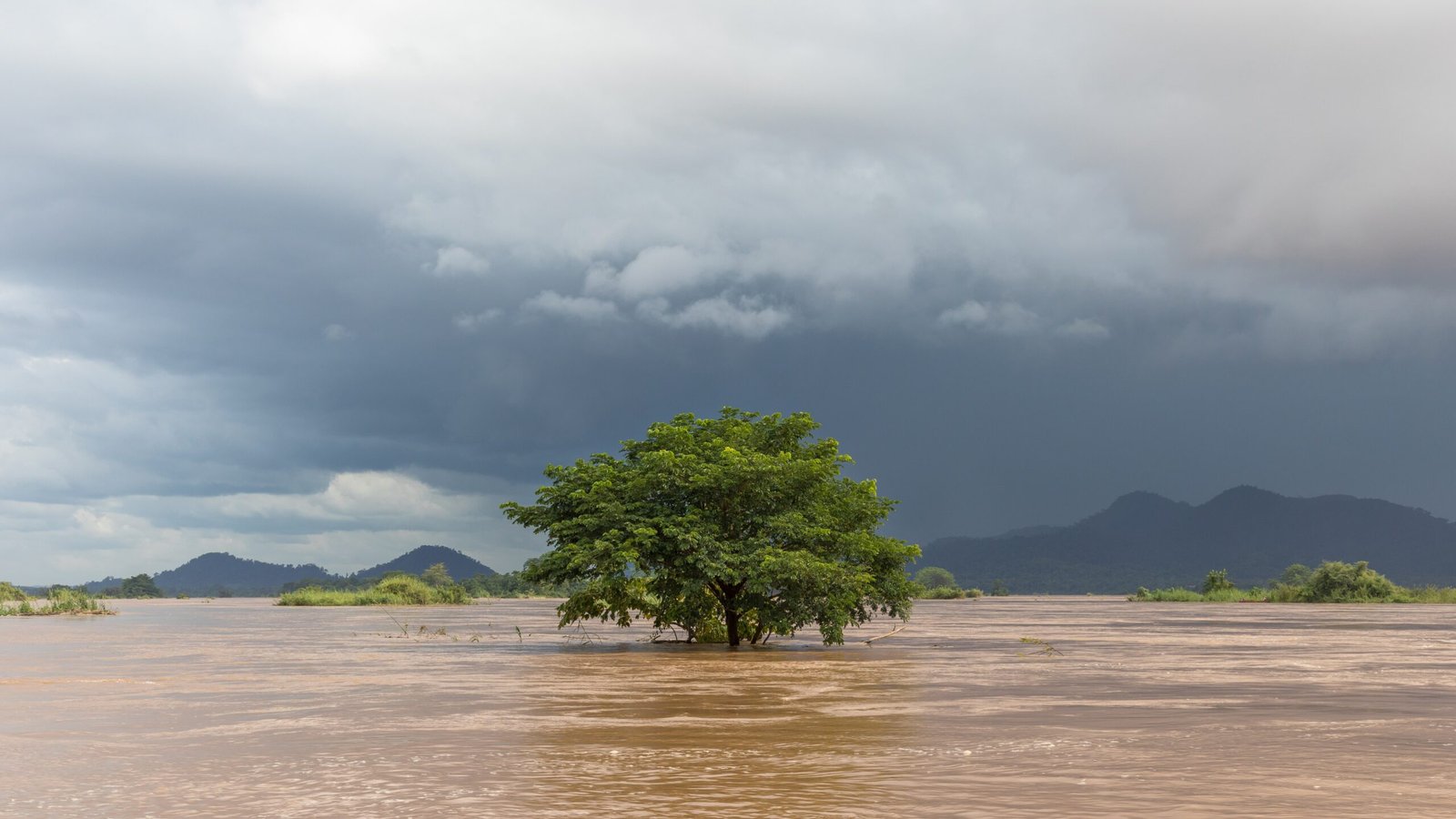
Sonar technology changed the game for underwater archaeologists. With its help, researchers mapped out the seabed and revealed a city-like arrangement of stones, pillars, and what appeared to be roads. These weren’t just random rocks; they echoed the order and intention typical of human construction. The patterns suggested that whoever built this city had a keen sense for design and urban planning, fueling speculation that this was indeed a sophisticated settlement lost to the depths.
Linking Mythology with Archaeology
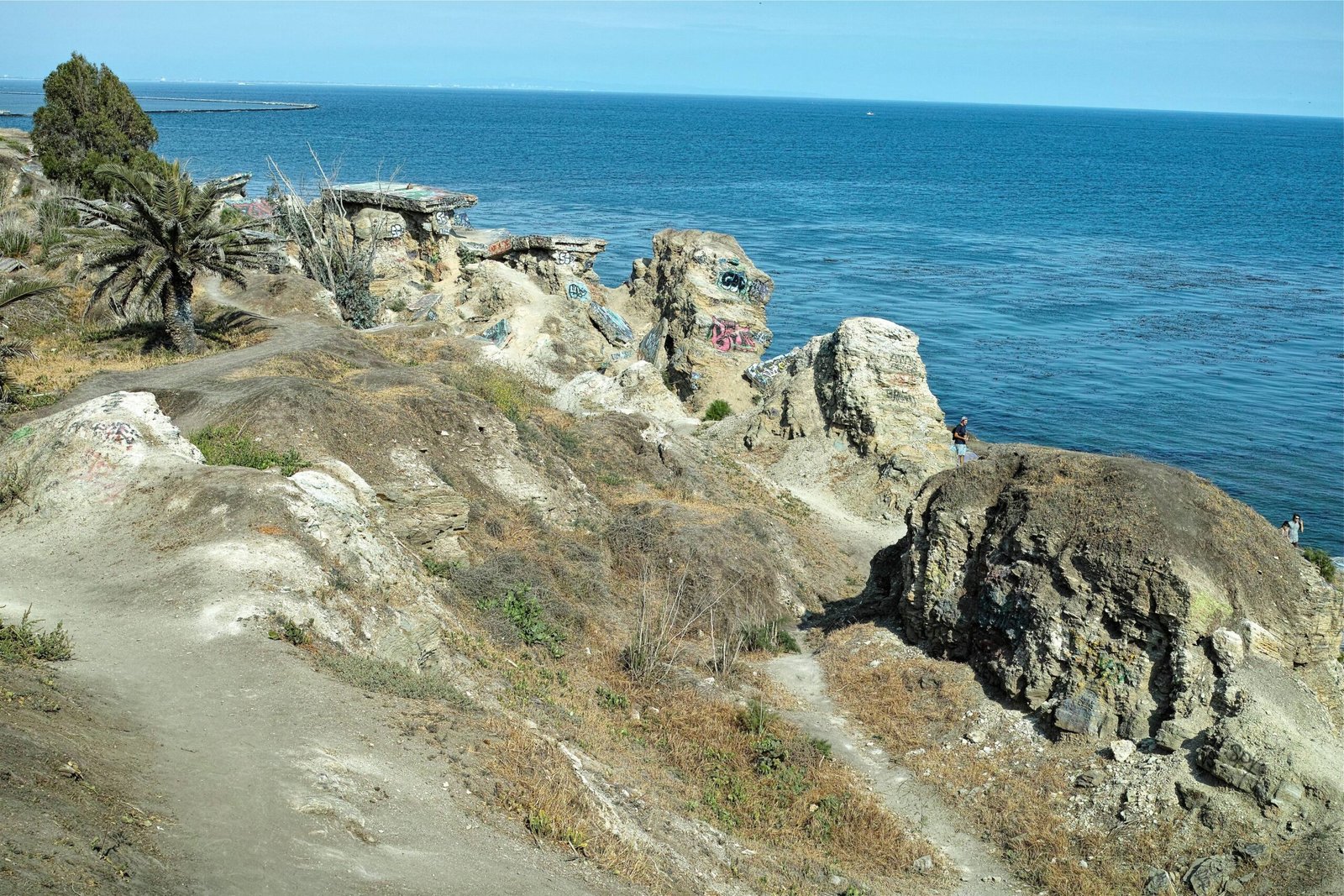
For generations, skeptics dismissed Dwarka’s legend as just that—a legend. But the underwater ruins forced a rethinking. Ancient texts described a city with grand gateways, public squares, and a thriving trade network. Now, stone anchors and harbor-like structures found on the seabed seemed to echo those descriptions. The overlap between what’s written in the Mahabharata and what’s lying underwater is uncanny, making even hardened scientists pause and wonder how much truth is buried in myth.
Geological Evidence of Submersion
Scientists have found compelling geological clues supporting the idea of a sunken city. Sediment analysis shows abrupt changes in the seabed, suggesting catastrophic flooding or a sudden land subsidence. Some geologists think an ancient tsunami or a massive earthquake could have caused the city to slip beneath the waves. This notion isn’t far-fetched—other civilizations have met similar watery fates, from Egypt’s Heracleion to the Greek city of Helike.
Artifacts and Evidence: What Was Found?
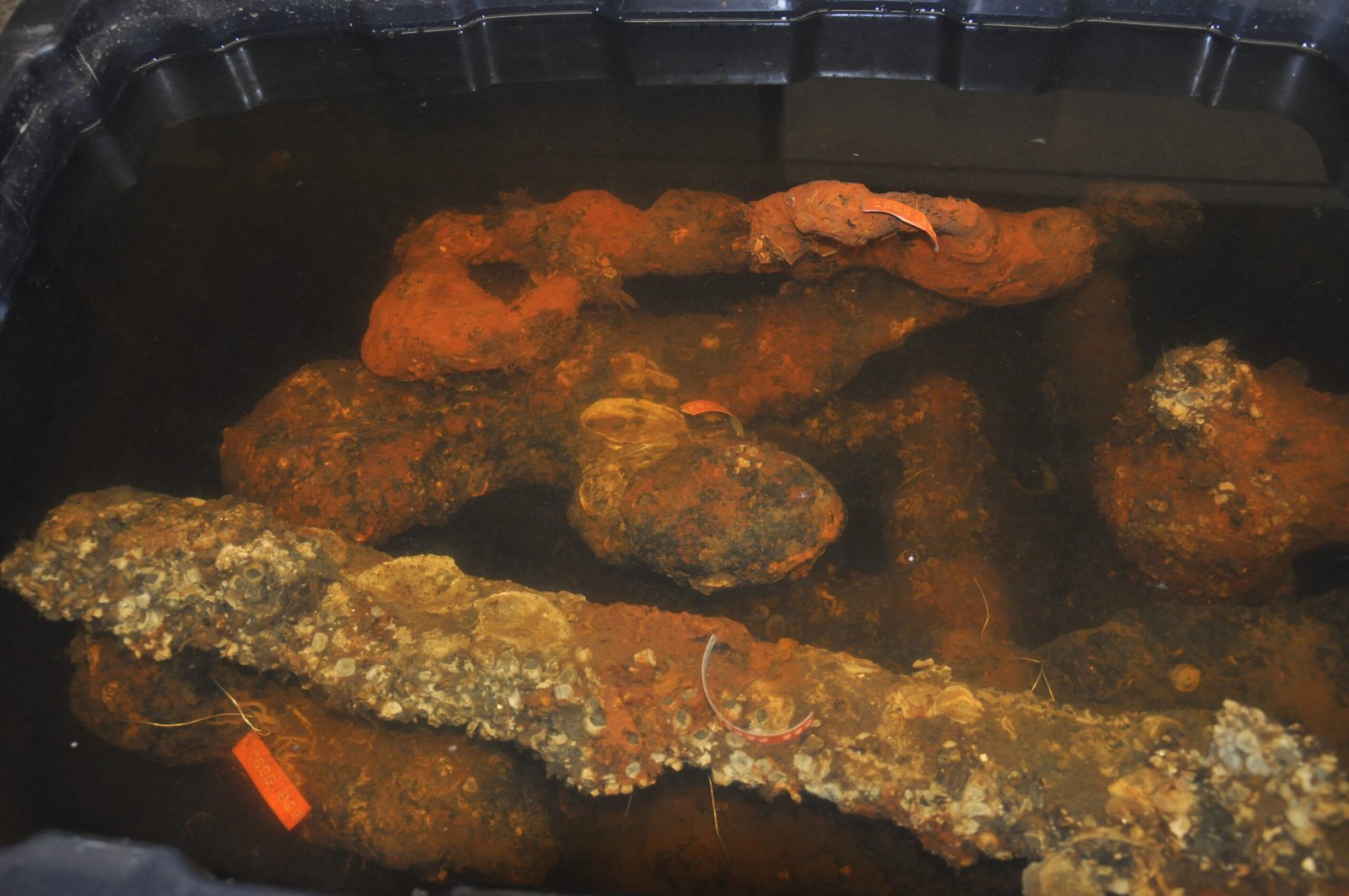
Divers have recovered pottery shards, stone tools, and even a few copper objects from the site. These artifacts have been dated to between 3,500 and 7,000 years old—much older than previously thought possible for such advanced urban planning in India. Intricately carved stones and anchors hint at a thriving maritime culture. Each find adds a piece to the puzzle, making the underwater city more real with every dive.
Debate Over the Age of the Ruins
The age of the submerged structures has sparked fierce debate among archaeologists. Some dates suggest the city could be over 9,000 years old, predating the Indus Valley Civilization. Others insist on a more conservative timeline, placing Dwarka’s submergence around 1,500 BCE. Radiocarbon dating of materials is ongoing, but the uncertainty only adds to the city’s enigmatic charm. It’s as if the ocean itself is guarding Dwarka’s secrets, one tide at a time.
Dwarka in the Mahabharata: Fact or Fiction?
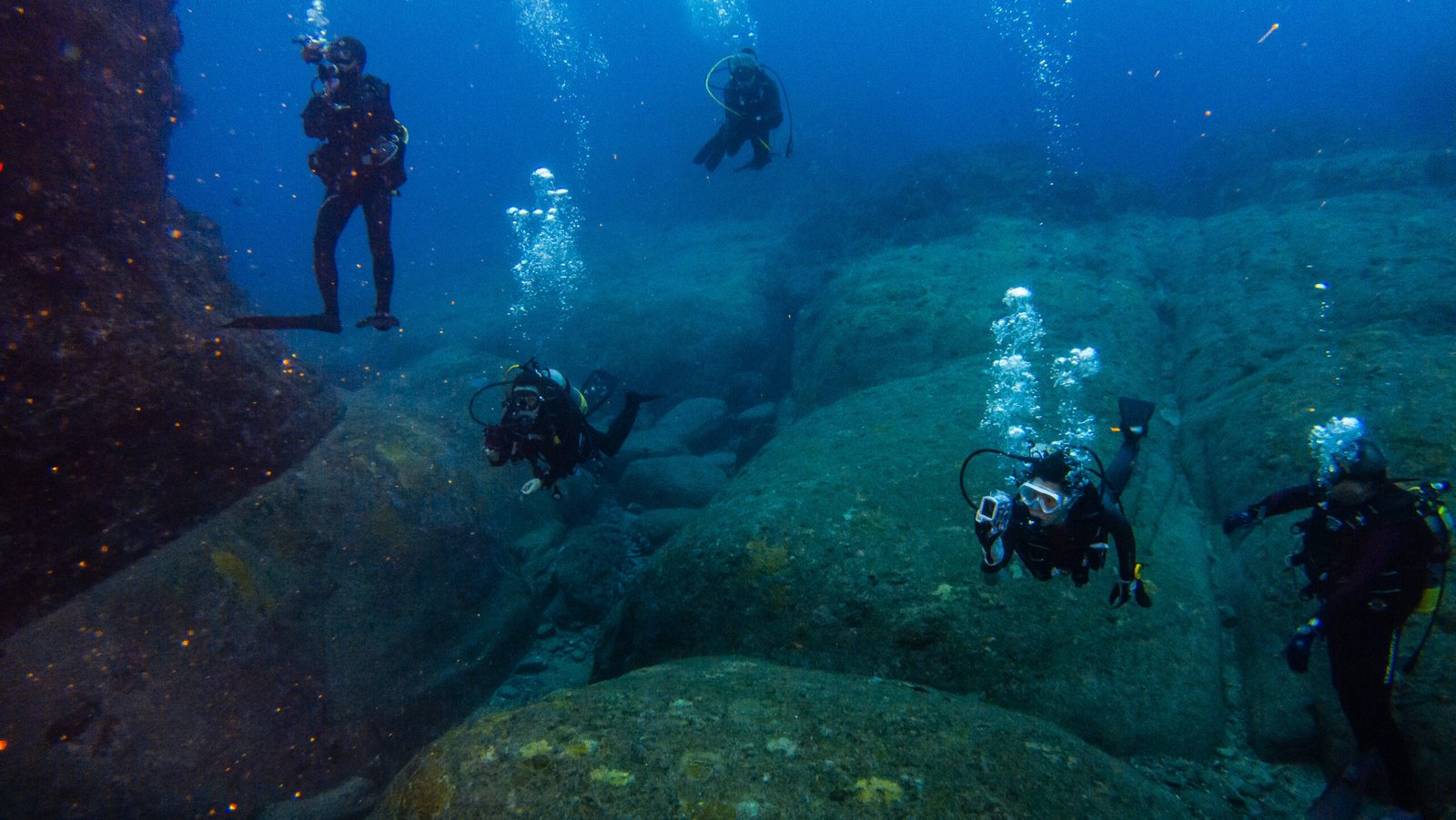
The Mahabharata, one of India’s oldest epics, dedicates pages to describing Dwarka’s splendor. It speaks of a city “built on land reclaimed from the sea,” adorned with gardens, halls, and golden towers. After Lord Krishna’s departure, the epic says, the city sank beneath the waves. For centuries, these passages were seen as poetic exaggeration. But the underwater discoveries force us to reconsider: could ancient storytellers have been recording real events, not just spinning yarns?
Comparisons to Atlantis: A Universal Myth?

It’s hard not to draw parallels between Dwarka and Atlantis, Plato’s mythical lost city. Both are described as advanced civilizations swallowed by the sea in a cataclysmic event. This shared motif pops up in cultures around the world, from flood myths in Mesopotamia to legends of sunken islands in Polynesia. Perhaps these stories reflect real, ancient memory—civilizations lost to rising seas as the last Ice Age ended, their tales surviving in myth and legend.
Technological Challenges in Underwater Archaeology
Exploring Dwarka’s submerged ruins isn’t easy. The Arabian Sea’s currents are strong, visibility is often poor, and saltwater quickly erodes artifacts. Researchers use submersibles, remote-operated vehicles, and high-tech mapping tools, but even the best equipment struggles in such conditions. Each dive is a race against time and tide, with every discovery hard-won. The ocean is both a preserver and a destroyer—what it hides, it also slowly erases.
The Role of Marine Archaeology in India
Marine archaeology is still a relatively new field in India, but it’s growing fast. The excitement around Dwarka’s ruins has sparked new interest and funding for underwater exploration. Universities and research institutes are training a new generation of divers and scientists. Their work is rewriting the history of India’s coastal civilizations, showing that the subcontinent’s ancient story stretches far beyond what’s written in books.
Religious and Cultural Impact of the Discovery
For millions of Hindus, the possibility that Dwarka is real isn’t just a scientific curiosity—it’s a spiritual affirmation. Pilgrims flock to the modern city of Dwarka on the coast, seeing it as a sacred link to Krishna. Underwater discoveries have breathed new life into festivals, rituals, and storytelling traditions. Some see the ruins as proof of divine intervention, while others marvel at the ingenuity of India’s ancient engineers. Either way, the city’s legend is stronger than ever.
International Collaboration and Scientific Rigor
The search for Dwarka’s secrets has brought together scientists from around the world. Marine archaeologists from India, the United States, France, and Japan have shared expertise and technology. Their collaboration ensures that the study of the ruins meets the highest scientific standards. They use 3D modeling, advanced dating techniques, and careful preservation methods to make sure every discovery is properly understood and protected.
Environmental Challenges and Preservation
The underwater ruins face constant threats from pollution, trawler nets, and even curious divers. Preserving these ancient structures is a race against time. Environmentalists and archaeologists are calling for stricter protections, warning that careless tourism and fishing could destroy irreplaceable history. There’s a delicate balance between exploration and conservation—one wrong move, and the ocean could erase the city forever.
Tourism and the Modern City of Dwarka
The legend of the sunken city has turned the modern town of Dwarka into a magnet for tourists and pilgrims alike. Hotels, museums, and guided tours have sprung up to cater to the curious. Visitors can explore temples, watch documentaries, and even take boat rides out to the supposed site of the ruins. For the people of Dwarka, the city’s dual identity—half myth, half mystery—brings pride and prosperity, but also responsibility to honor and protect its heritage.
Scientific Skepticism and Alternative Theories
Not everyone is convinced that the underwater ruins are India’s Atlantis. Some scientists argue that the structures are natural formations shaped by centuries of ocean currents. Others point out that similar “ruins” have been found in other parts of the world, only to be proven geological, not man-made. The debate is fierce and ongoing, with each new discovery prompting fresh arguments and counterarguments. In science, healthy skepticism is a vital part of the process.
Ancient Maritime Trade Networks
If Dwarka was indeed a bustling port, it would have been at the heart of ancient trade routes. Archaeological finds—anchors, pottery, and metalwork—hint at connections with Egypt, Mesopotamia, and other distant lands. This paints a picture of a cosmopolitan city where merchants from across the world gathered, exchanged goods, and shared ideas. Dwarka’s story is not just about a lost city, but about the birth of global trade as we know it.
Lessons for Today: Climate Change and Rising Seas
The story of Dwarka is a stark reminder of nature’s power. Whether lost to a tsunami or rising sea levels, its fate echoes the threats facing coastal cities worldwide today. As climate change accelerates, more cities could meet a similar end. Dwarka’s bones beneath the sea are a silent warning: history can repeat itself if we ignore the lessons of the past.
The Ongoing Hunt for Answers
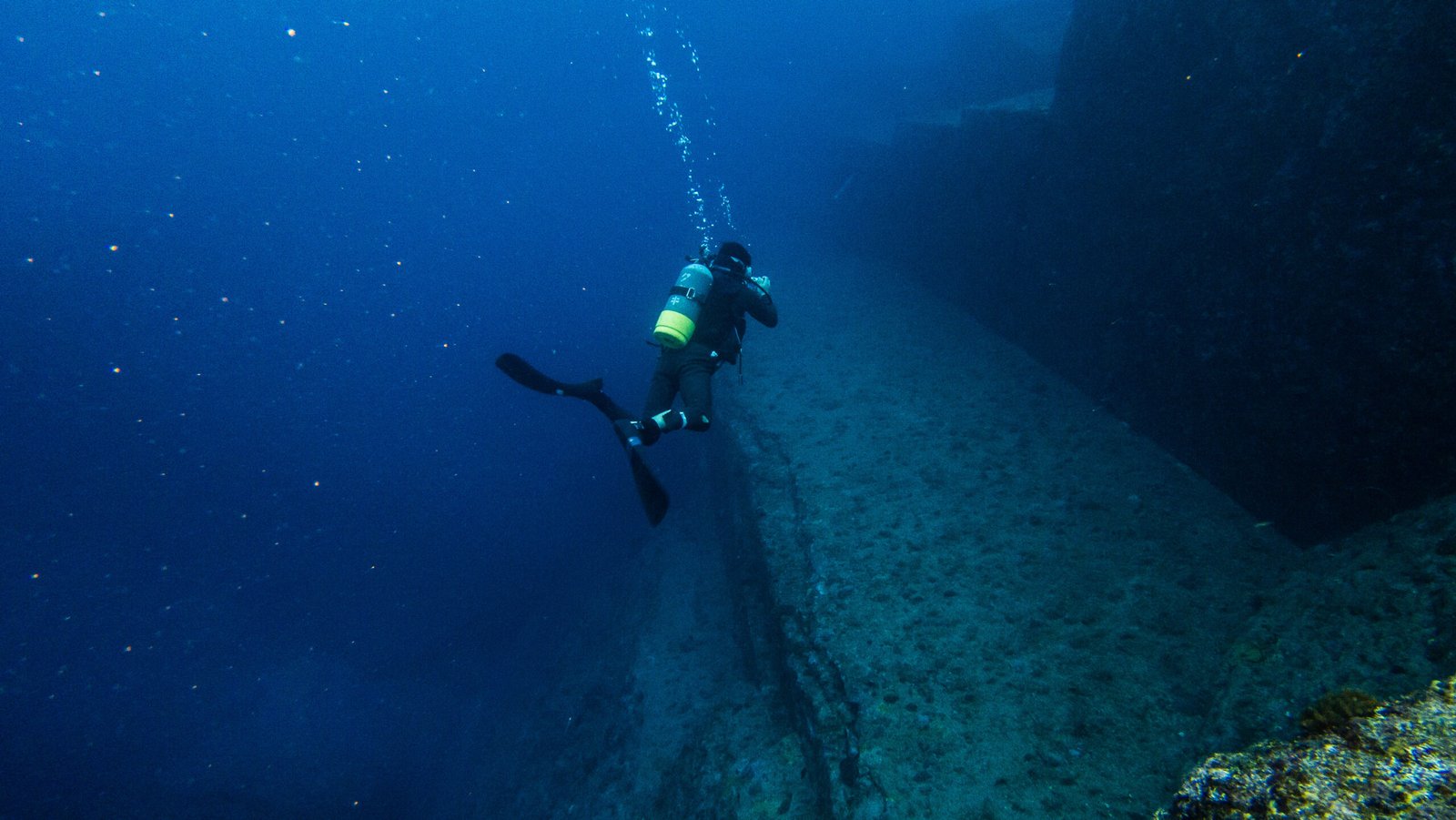
Despite decades of research, the true story of Dwarka remains elusive. Every new expedition uncovers more questions than answers. Scientists, historians, and spiritual seekers all bring their own perspectives, sometimes clashing, sometimes collaborating. The ocean guards its secrets jealously, and the hunt for India’s Atlantis is far from over. One thing is clear: the fascination with Dwarka isn’t going away anytime soon.
A City Between Myth and Reality
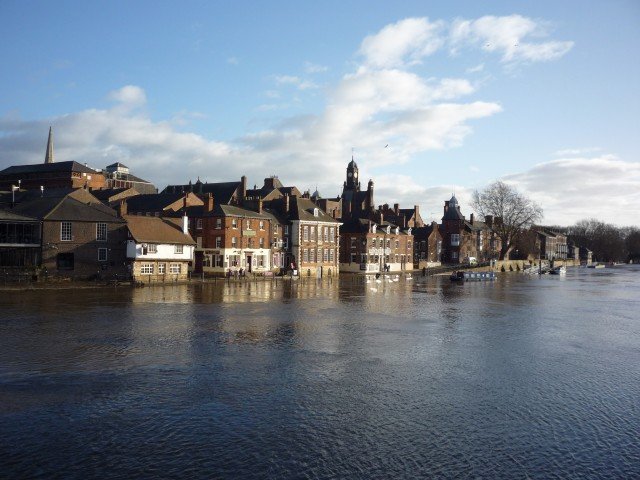
Dwarka stands at the intersection of myth and science, faith and reason, past and present. Its story is one of dazzling possibility and haunting loss, of human ingenuity and the relentless power of nature. Whether it’s India’s Atlantis or a sophisticated ancient port, the city beneath the waves invites us to dream, to question, and to wonder what else lies hidden below the surface of the everyday world.



